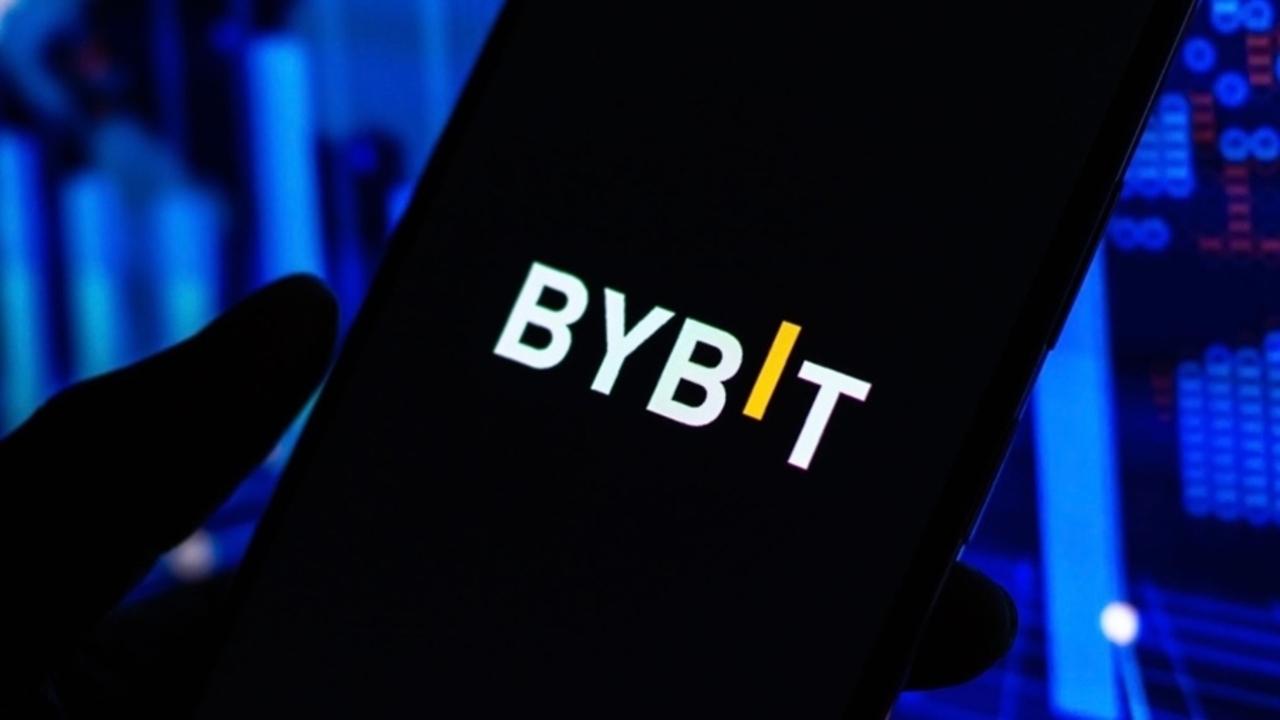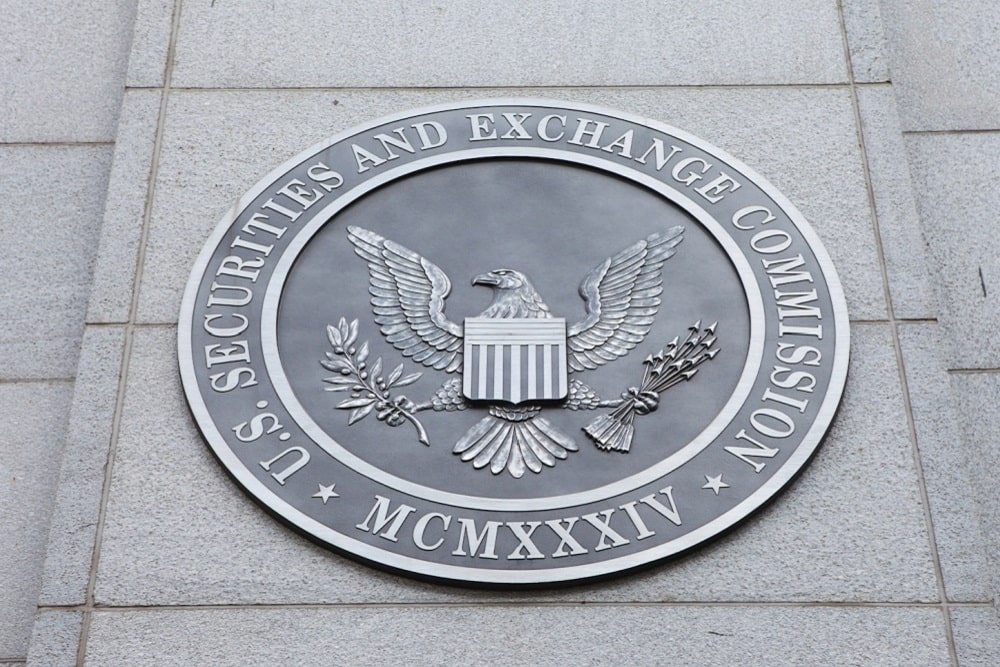Top Crypto News: Page 6

Bybit Receives MiCA License in Austria, Establishes New EU Headquarters
4 months ago

Price Prediction 5/29: BTC, ETH, XRP, BNB, SOL, DOGE, ADA
4 months ago

DeFi Platform Cork Protocol Loses Over $12M to Exploit
4 months ago

Bitcoin Tests $107k. Will it Break?
4 months ago

Sui Community Approves Return of Recovered Cetus $162M Stolen Assets to Owners
4 months ago

Price Prediction 5/27: BTC, ETH, XRP, BNB, SOL, DOGE, ADA
4 months ago

Hackers Leak Solana Co-Founder’s Sensitive Data, Demand 40 BTC
4 months ago

Top Five Cryptocurrencies to Watch: BTC, HYPE, SUI, JUP, WIF
4 months ago

Price Analysis 5/24: BTC, ETH, XRP, BNB, SOL
4 months ago

Sam Bankman-Fried’s Prison Sentence Shortened by 4 Years
4 months ago

Victim Loses $843K to Crypto Address Copy Scam
4 months ago

Danvers Man Bags Six Years Jail Term for Illegal Cash to Bitcoin Service
4 months ago

Bitcoin Dips to $110k After ATH. Is the Uptrend Over?
4 months ago

The Most Expensive Meal in History! Everything You Need to Know About Bitcoin Pizza Day
4 months ago

SEC Sues Unicoin for Alleged Investment Fraud Scheme
4 months ago

Genesis Sues DCG Over $3.1B in Note and Asset Recovery Bid
4 months ago

Metaplanet Now Holds 7,800 BTC With Latest 1,004 BTC Purchase
4 months ago

Alabama Man Behind SEC Hack Gets 14 Months in Prison
4 months ago

U.S. DOJ Charges Tornado Cash’s Roman Storm Over Money Laundering Violations
4 months ago

Ukraine Considers National Bitcoin Reserve with Binance
4 months ago